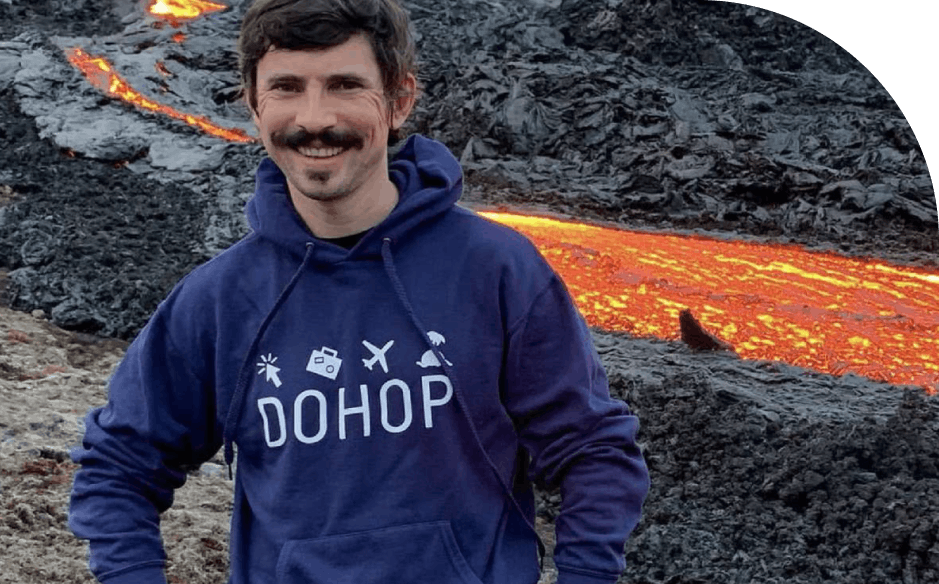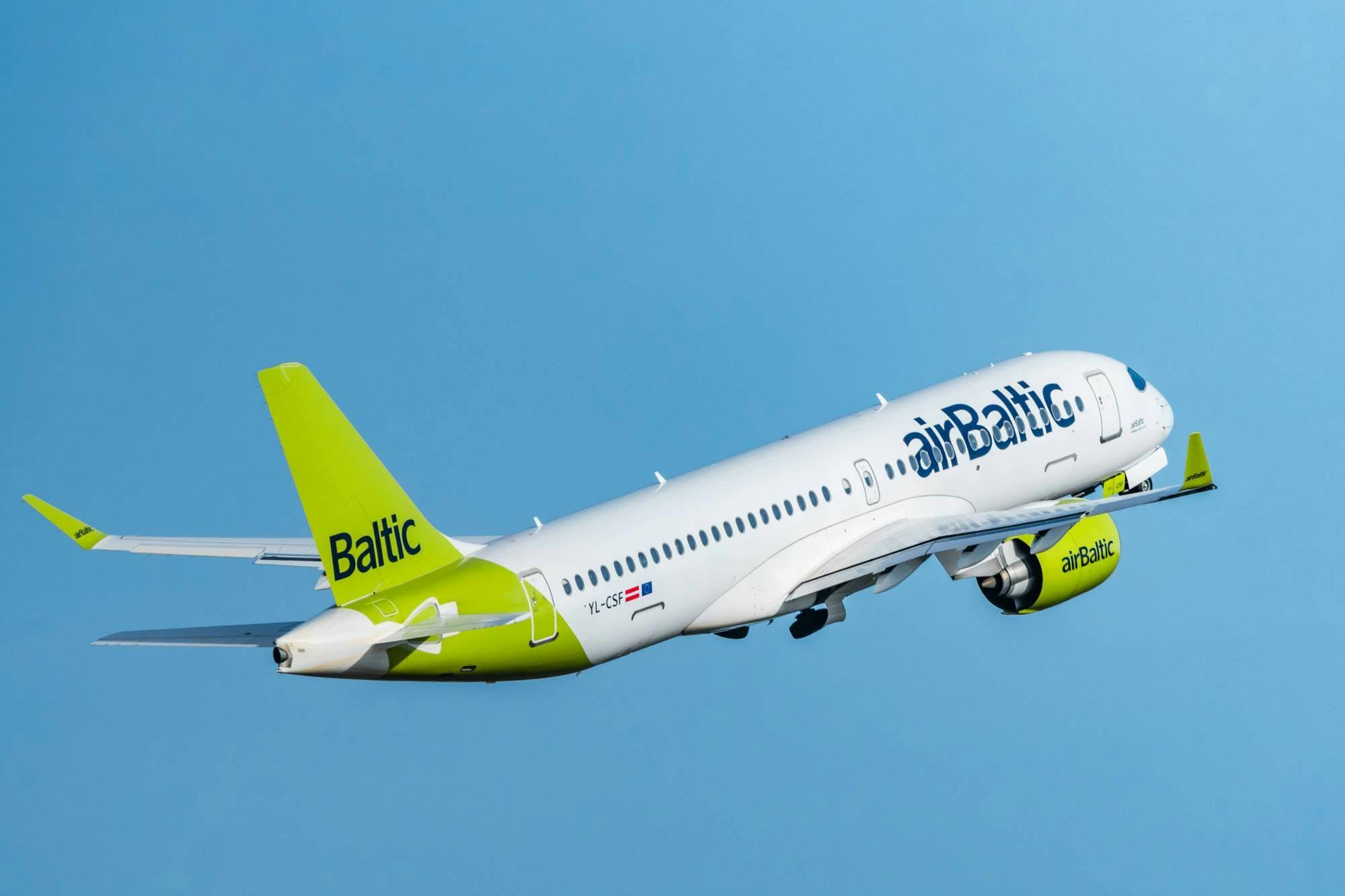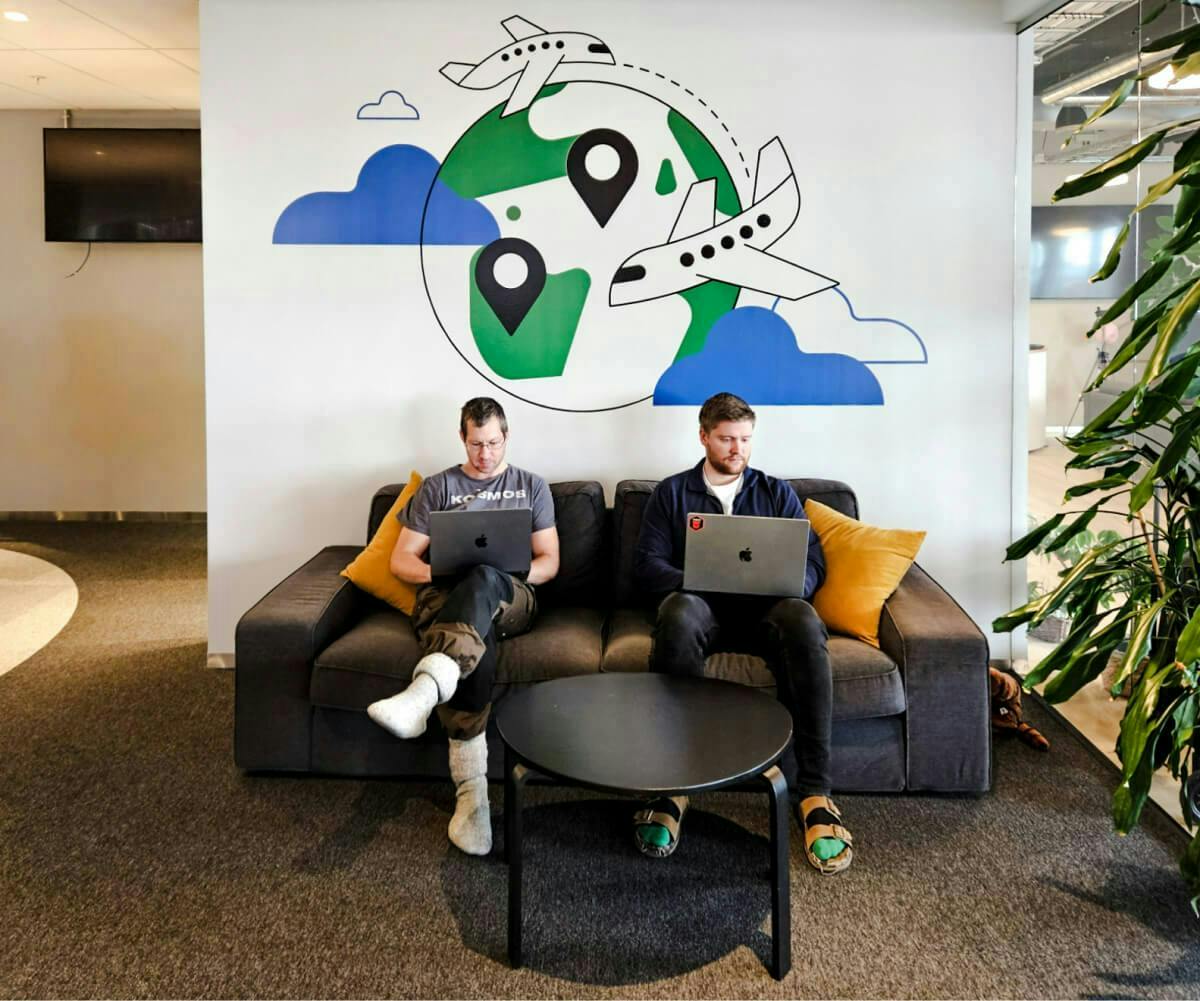The journey that led me to help build the future of partnerships with Dohop
27 April 2021
by Nick Ashton

Ever since I was a child, I’ve had an interest in planes, trains and travelling. As I grew older and ventured overseas, I developed a real interest in how connections worked and how I could earn extra frequent flyer miles if I took a cheaper flight from London to Tokyo via Hong Kong, rather than a direct flight when I travelling between the UK and Japan as I worked on the JET Programme. This was really where my interest in Airline Partnerships and Alliances began.
“As API opportunities presented themselves, I began to question why this couldn’t be used to enable one airline to sell another.”
Some years later, I earned a place in the British Airways Leaders for Business Graduate programme. There I gained experience across the airline, from working at the airport, network planning in a global financial crisis and even as cabin crew. But it was Alliances that held my interest, and that’s what I chose at the end of the graduate scheme.
As my career developed, I gained experience in Alliances departments at three other airlines: Qatar Airways (Full Service), Virgin Australia (Hybrid) and Vueling (Low Cost). Across each of the carriers, I began to understand the advantages and disadvantages of partnerships, Interline and Codeshare, across these different models.
It was at Virgin Australia, where I managed the relationship with Etihad, that I first learned about NDC and the potential to develop richer content that could be provided more directly to the customer, improving an airline’s distribution capability. As API opportunities presented themselves, I began to question why this couldn’t be used to enable one airline to sell another.
Upon leaving Australia to move to Vueling, I sat with the then Group Executive of Virgin Australia, John Thomas, to seek his advice on how to approach partnerships at a low-cost carrier hosted in Navitaire. John highlighted the Via Milano and Gatwick Connects programmes which had been designed to improve the self-connections they were seeing, as travellers sought value by booking two separate tickets, one on a full-service (ticketed) carrier, and another on a low-cost (ticketless) carrier. easyJet had been growing their capacity at both airports, and it was clear that savvy travellers were comfortable with creating their own connecting itineraries to get from A to C via B.
“If we could make our rich, dynamic API content available to aggregators and OTA’s, why couldn’t we use this for partnerships?”
Shortly after joining Vueling, I was transiting through Gatwick when I saw that Vueling were listed on the Gatwick Connects product displayed in arrivals. As Head of Alliances, I was unaware that we were participating in this platform, and I started to dig around to understand how this was possible and why this wasn’t in my remit. That is when I really began to learn about and understand the power of API connectivity. If we could make our rich, dynamic API content available to aggregators and OTA’s, why couldn’t we use this for partnerships? Traditional Interline and Codeshare have always had limitations in regard to the suite of content you can offer, particularly as the industry moves more towards an unbundled, ancillary led product proposition.
Not long after this, I was contacted by a Masters student at Cranfield who asked me to read his thesis on self-connections, as he sought to qualify and quantify the potential of this concept. Literally, a day after I had sent him my thoughts, news flashed across the industry about a product launching called Worldwide by easyJet. I followed up my e-mail to Jan Never, suggesting that he might need to update his summary.
“…if it is difficult for ticketed carriers to work with ticketless airlines, it is another challenge altogether to work with rail or bus operators. However, what was immediately obvious was that if both parties have API content, there is the possibility of enabling interoperability, which has led me directly to Dohop.”
Through my time at Vueling, I was wrestling with the complexities, limitations and problems associated with interline and codeshare, particularly as a low-cost, nominally ticketless carrier. Many airlines wanted to take advantage of our extensive network in Barcelona, Rome, Paris and Amsterdam. Still, it was costly and complex for us to implement multiple interline relationships, and we were unable to deliver bilateral agreements. In addition to this, our ability to handle their customer requirements, particularly when we had schedule change or disruption scenarios, was limited. The IT team always did a super job to deliver functionality, but more often than not, the solutions provided were sticky-plasters rather than scalable, automated, process-driven solutions.
What was clear to me was the potential for us to leverage the distribution strength of partners to sell our services and connections, but that the mechanic we were using was sub-optimal for our model. It was at this time, with support from colleagues in Distribution and IT, that we really began to look at “Direct Connect” opportunities, where partners consumed our API content, and Virtual Interline platforms, where we could a) provide our API content for others to sell, and b) distribute theirs by consuming their API content.
With this in mind, I became involved in IATA’s Future of Interline working group as they look to develop their One Order and SRSIA (Standard Retail and Supplier Interline Agreement) concepts. In turn, this led to the Intermodal working group – if it is difficult for ticketed carriers to work with ticketless airlines, it is another challenge altogether to work with rail or bus operators. However, what was immediately obvious was that if both parties have API content, there is the possibility of enabling interoperability, which has led me directly to Dohop.
Dohop, as the technology behind Gatwick Connects and Worldwide by easyJet, has long been the pioneer and leader of the Virtual Interline, API driven concept. Furthermore, as they have delivered platforms and new connection options for their customers, their ability to service the requirements of increasing numbers of airlines with the content they require has been expanding.
The onset of COVID certainly provided Dohop with many challenges, but it has also presented opportunities. As airlines reduce their networks, operations, capex and sadly, headcount, the need to deliver low-cost connection opportunities that leverage your API capability has become quite clear. Airlines need to maintain their networks, fill their aircraft and concentrate on developing their own product to best position themselves for the return of demand. Ongoing changes in the distribution landscape mean that focusing on your own API and API NDC content as part of your distribution strategy has become even more critical. What Dohop offer is the ability to plug in that API content to the platform, and give yourself access to an increased amount of partners and content, including the ability to offer ancillaries, which you can’t in the interline and codeshare environment, without having to implement multiple agreements. Oh, and you can also offer content from providers who aren’t airlines.
The future of interline is about to happen, and Dohop is here to take you there.

1 February 2024
CBS News "A Moment With..." features David Gunnarsson, CEO Dohop, to talk technology and innovation as a guiding force in travel

14 December 2023
airBaltic joins Dohop’s global network of airlines as it embarks on a major expansion

26 October 2023